
Milton,formerly known as Tokomairiro or Tokomairaro,is a town of over 2,000 people,located on State Highway 1,50 kilometres to the south of Dunedin in Otago,New Zealand. It lies on the floodplain of the Tokomairaro River,one branch of which loops past the north and south ends of the town. This river gives its name to many local features,notably the town's only secondary school,Tokomairiro High School.
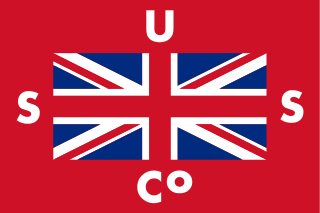
Union Steam Ship Company of New Zealand Limited was once the biggest shipping line in the southern hemisphere and New Zealand's largest private-sector employer. It was incorporated by James Mills in Dunedin in 1875 with the backing of a Scottish shipbuilder,Peter Denny. Bought by shipping giant P&O around the time of World War I it was sold in 1972 to an Australasian consortium and closed at the end of the twentieth century.
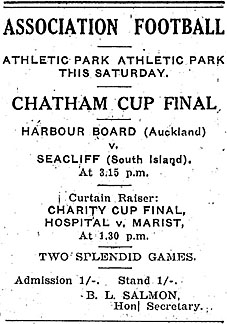
The 1924 Chatham Cup was the second annual nationwide knockout football competition in New Zealand.

Edmund Giblett Allen (1844–1909) was a Liberal Party Member of Parliament in New Zealand.
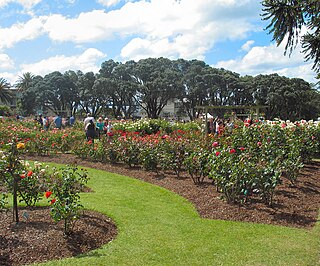
Dove-Myer Robinson Park,more commonly known as the Parnell Rose Garden,is a park in Parnell,Auckland,New Zealand. The park is named after Dove-Myer Robinson,the longest-serving mayor of Auckland,who served for 18 years. There are over 5,000 roses in the garden. Some of the plants in the garden have been bred by internationally celebrated rose breeders.
Henry Niccol was probably the first shipbuilder in Auckland,New Zealand. He was born in 1819 in Greenock. He was the father of George Turnbull Niccol and Malcolm Niccol (1844-1925).

Kawakawa railway station was a station on the Opua Branch in New Zealand. and is the terminus of the Bay of Islands Vintage Railway (BoIVR) in the small town of Kawakawa. It was also the terminus of the oldest railway on the North Island,opened in 1867,before being joined to the rest of the North Auckland Line in 1912.
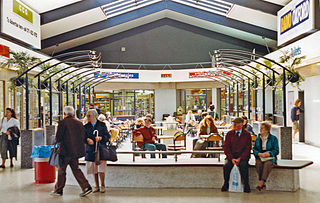
A railway refreshment room is a catering facility attached to a railway station that was formerly common in Britain,Australia,New Zealand,and other countries that were formerly part of the British Empire. They were opened in the 19th century to serve passengers when trains did not convey catering facilities,and thus served passengers en route. Refreshment rooms were similar to tearooms,and generally served a variety of hot drinks,pastries,cakes,and light meals. With the introduction of buffet and restaurant cars,their importance began to decline.

The Northern Steam Ship Company Ltd (NSS) served the northern half of the North Island of New Zealand from 1881 to 1974. Its headquarters,the Northern Steam Ship Company Building,remains in use on Quay Street,Auckland as a bar and is listed by Heritage New Zealand as a Category I Historic Place.

Kawaha Point is a suburb of Rotorua in the Bay of Plenty Region of New Zealand's North Island.

Henry Thomas Mandeno was a New Zealand modernist architect.

Phoenix Foundry,often printed as Phœnix,was an engineering company in Auckland from 1861 to 1952. By 1900 it was on the verge of bankruptcy,but also Auckland's largest engineering works,supplying a wide range of goods and often leading in the design of equipment used to exploit the country's resources,such as timber and flax mills,crushers for gold ore and locomotives,pumps,cement and gas works and steamers. The foundry started with engineer,George Fraser,and a handful of employees,but grew to employ hundreds and operated under several names,including Fraser and Tinne and George Fraser &Sons Ltd.

SS Go Ahead was a twin screw-steamer,launched on the afternoon of Saturday 20 April 1867 by Seath and Connell,of Rutherglen,for the Clyde Shipping Company,with a plan to use her in New Zealand coastal trading. She had 30,or 35 hp (26 kW),high pressure engines,and tubular boilers from Campbell &Son's foundry.

George Holdship (1839–1923) emigrated to Auckland in 1855 and became a businessman,mainly involved in timber logging and sawmills. His companies removed much of North Island’s native forest,initially kauri and later kahikatea. He moved to Sydney in 1913.
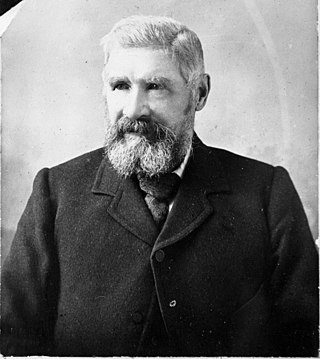
Isaac Coates (1840–1932) was mayor of Hamilton,New Zealand,from 1888 to 1892,a farmer,flax-miller,and a drainage and railway contractor.
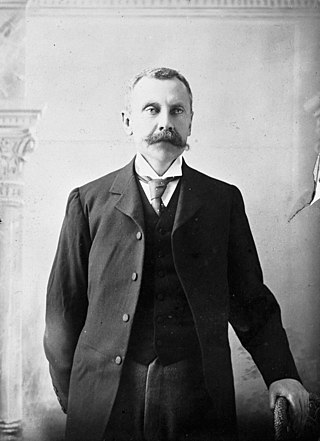
Robert William Dyer (1859-1939) was a solicitor,judge and the mayor of Hamilton,New Zealand from 1901 to 1903.
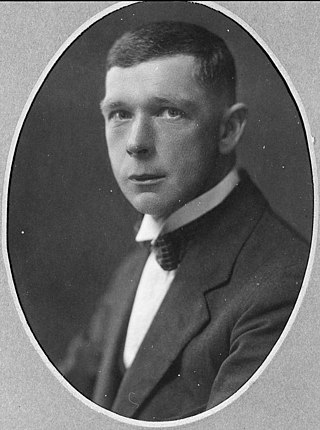
Francis Dewsbury Pinfold was a New Zealand doctor and local politician. He served as mayor of Hamilton from 1931 to 1933.

William Hoile Brown was a shipbuilder in Auckland from 1864 to 1918 and a local politician.

Crusader was 1,058-ton iron clipper ship. She built for John Lidgett &Sons,Indian traders of London,by Charles Connell and Co of Glasgow and launched in March 1865.


















